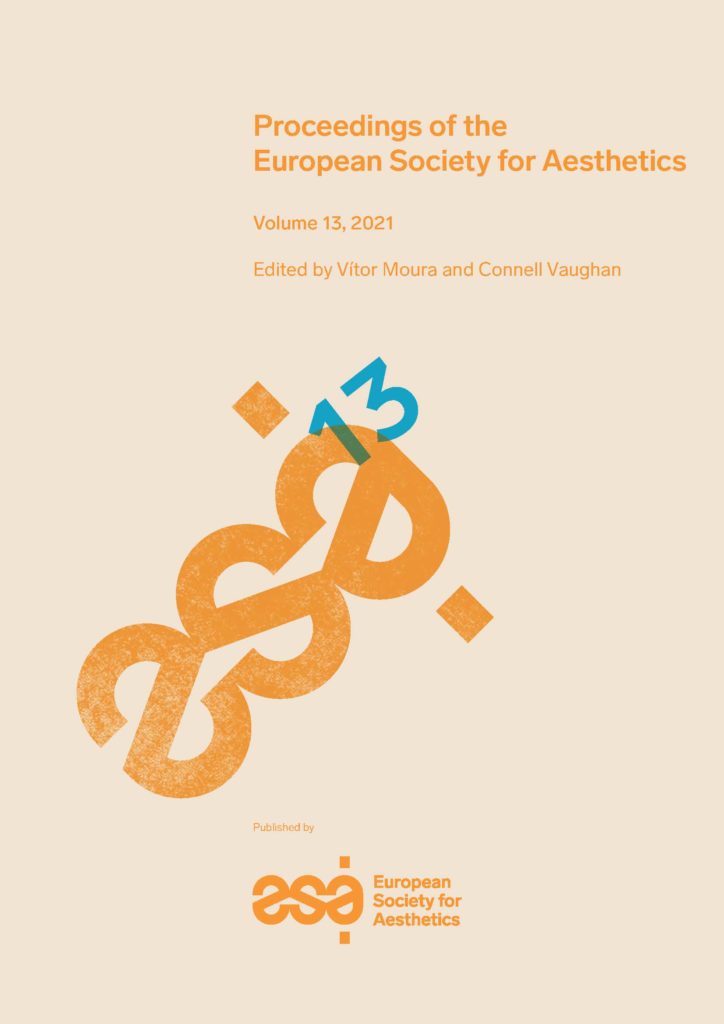| Emanuele Arielli |
Extended Aesthetics: Art and Artificial Intelligence |
1-13 |
| Alessandro Bertinetto |
The Aesthetic Paradox of Artistic Improvisation (and its Solution) |
14-28 |
| Vanessa Brassey |
The Pictorial Narrator |
29-42 |
| Remei Capdevila-Werning and Sanna Lehtinen |
A First Approach to Intergenerational Aesthetics: Theoretical Stakes, Practical Examples, and Future Research Avenues |
43-58 |
| Yi Ding |
A Brief History of the Reception of Laocoon in China: From the
Perspective of the “Poetical Picture” |
59-68 |
| Rosa María Fernández García |
Hermeneutic Truth in Contemporary Opera |
69-89 |
| Jèssica Jacques Pi |
On Deconstruction and Construction in Picasso’s Las Meninas: Political Reasons for Death Exorcisms in the 1957 Barcelona Suite |
90-99 |
| Monika Jovanović |
Beyond Internalism / Externalism Dispute on Aesthetic Experience: A Return to Kant |
100-111 |
| Darío Loja |
A Brief Insight into the Musical Role of Non-Tonal Aspects |
112-124 |
| Washington Morales Maciel |
Literary Cognitive Benefits as Undecidable Mental Models |
125-133 |
| Salvador Rubio Marco |
Novels and Moral Knowledge: Henry James Evaluating Guy de Maupassant |
134-147 |
| Philip Mills |
Viral Poetics in Manuel Joseph’s Baisetioles |
148-159 |
| Mojca Puncer |
Virus as Metaphor: The Art World Under Pandemia |
160-172 |
| Karel Stibral |
Johann Georg Sulzer – A Forgotten Father of Environmental Aesthetics |
173-188 |
| Ryan Mitchell Wittingslow |
Using Philosophy of Technology to Talk about Art |
189-200 |
